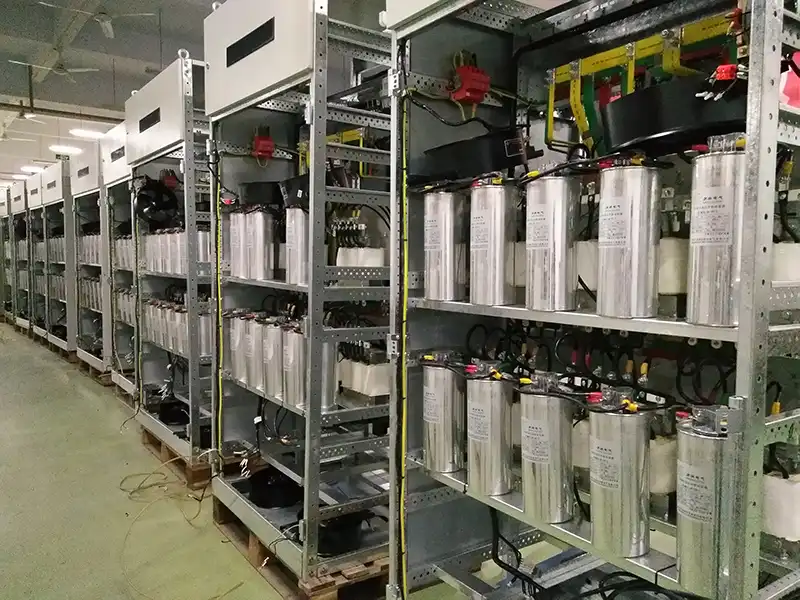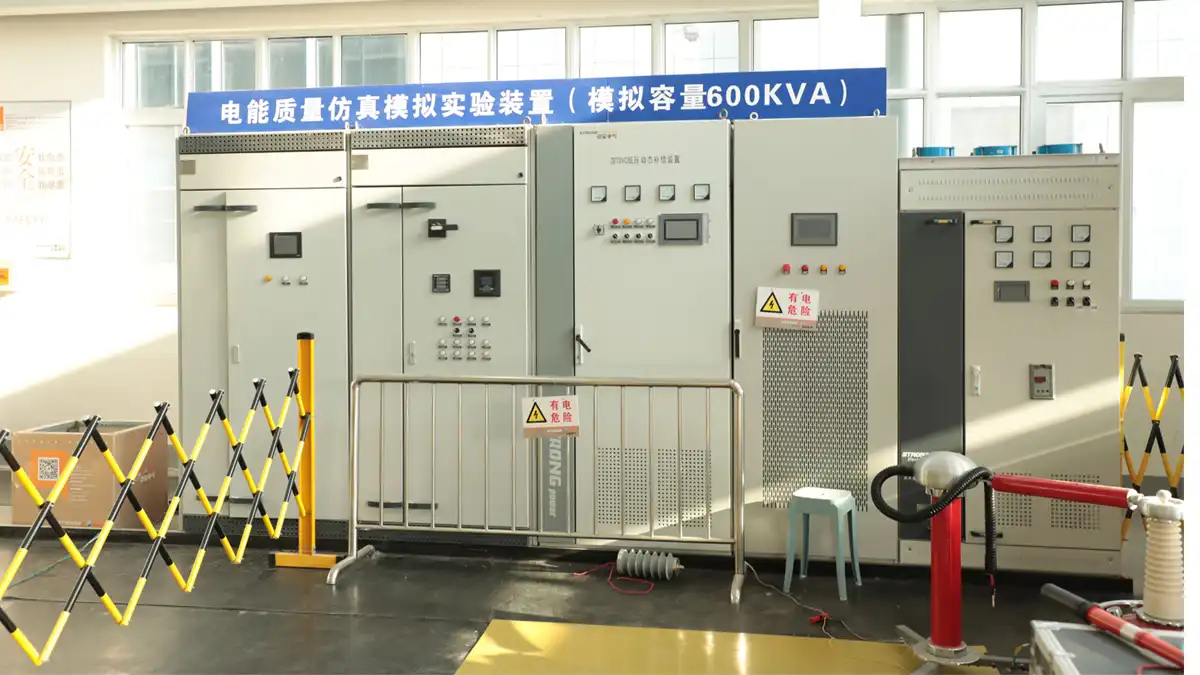Electrical Power Quality and Harmonic Concerns?
The Harmonics Problem
Nonlinear components in electrical circuits produce harmonics, which alter the sine wave. The increased use of power electronics leads to a rise in voltage distortion, or harmonics. Variable frequency drives, uninterruptible power supplies, and inverters are all electrical components that introduce harmonics of varying orders into the electrical system. When harmonics are present, they can appear in both short-term and long-term ways. High harmonic distortion can cause electrical equipment failures or problems. Harmonics also raise the temperature of the electrical network and equipment, resulting in losses and shortened service life. Harmonic filters will aid in the reduction or removal of harmful harmonics before they cause damage to the electrical system or equipment.
Overview of the Electrical Power System and Harmonics
Harmonic currents are caused by the non-linear behavior of electrical devices in general. Harmonic current and hence harmonic voltage sources in power networks are many and range in size from a few KVA to several MVA. Devices having magnetic iron cores, such as transformers or generators, have traditionally been a major source of harmonic worry. Today, with the increased need for energy-efficient power electronic equipment, harmonics mitigation or reduction remains a top goal for many commercial, industrial, and industry-specific clients, including water and wastewater treatment and oil and gas.
Numerous facilities must fulfill severe regulations in order to function reliably and ecologically responsibly. Users must guarantee that operations are available 24 hours a day, seven days a week.

Harmonics are frequent in facility power networks and can cause problems ranging from annoying to disastrous. Harmonic filtering, which may be performed with active or passive methods, aids in the elimination of harmonic difficulties while improving equipment performance and the overall electrical power system of the facility.
When passive and active harmonic filters and reactors are placed in an electrical system, the harmonics are reduced to fulfill the criteria of the majority of International Standards. They unload lines and transformers ahead of the non-linear load (such as a three-phase diode bridge rectifier), lowering total system losses and operating temperature. Furthermore, the overall power factor has been greatly enhanced and will remain near to unity even while under partial load.
Equipment and Harmonics
Frequency inverters are among the most often used components of AC motor control equipment. Such components may be found in practically every sector, including pumps, fans, blowers, and even HVAC equipment. Inverter makers use high speed semiconductor switching and pulse width modulation (PWM) methods to achieve ultra-compact, efficient power conversion, which might cause harmonic difficulties.
Harmonics may wreak havoc on the electrical power network, causing circuit boards in PLCs to fail, tripped circuit breakers, blown fuses, motor and transformer overheating, insulation collapse, and shortened equipment service life. Furthermore, downtime/restart-time in production, shipment (revenue) loss, and repair expenses may result in lower firm earnings.
In order to give a proposed remedy to the customer, a harmonic site survey (using meters/analyzers) or a comprehensive engineering study may be required to thoroughly determine existing harmonics (and other PQ concerns). A thorough examination of the existing system, new/planned or retrofitted equipment, and any plant expansions should be undertaken.
Harmonic Passive Filters
One method for reducing harmonics is to use passive harmonic filters. These series-connected filters are usually put “one-on-one,” that is, one filter for each VFD. If numerous drives are necessary, a bigger passive filter can be constructed.

The most natural installation site for removing harmonics is at the source-individual nonlinear load. A passive filter offers a low impedance channel for harmonic currents, which are required by a rectifier, for example. This minimizes the quantity of harmonics that travel through the electrical power supply dramatically. The non-linear load draws sinusoidal current from the power source/grid as a result.
The installation of passive harmonic filters will instantly benefit the electrical system by limiting the amplitudes of current harmonics and thereby reducing losses, as well as operating equipment more effectively and reliably. They also help to enhance the usage of the electric system’s capacity.
Solution for Active Harmonic Filtering
Another way to reduce harmonics is to employ active harmonic filters (AHF), which are power quality devices that continuously monitor the nonlinear load and dynamically offer precisely regulated current, hence reducing distortion in a power network. This current has the same amplitude as the harmonic current but is injected with a phase shift in the opposite direction, canceling out the harmonic currents in the electrical system. As a consequence, because the harmonics cancel each other out, the current provided by the power source remains sinusoidal, and the harmonic distortion is reduced to less than 5% THDi, fulfilling all criteria. Furthermore, the AHF power electronics platform is intended to function at levels that respond to fast load fluctuations. Active filters work in a wide frequency range, adjusting their function to the resultant harmonic spectrum, with load circumstances producing harmonics up to the 50th order.
Active harmonic filters may also remedy low displacement power factor by correcting for reactive current in the system. The filter also balances the phases’ loads. These advanced electronics include insulated gate bipolar transistors (IGBT) and digital signal processing (DSP) components. Active harmonic filters, in general, may be deployed at any point in a low-voltage AC network (parallel device) and typically provide far more capability than passive filter counterparts.
These characteristics, together with their small physical size and efficient operation, make active harmonic filters great candidates for a wide range of applications. Active filters are available for 3-wire or 4-wire connections (the latter being the most popular in North America). Current transformers send a signal to the filter, which can be applied to the power network’s line or load side.
Active harmonics filters can be used on a single nonlinear load or a collection of nonlinear loads. Power factor correction in harmonic-rich environments where filtering cannot be achieved adequately with capacitors; where both power factor and harmonic correction are required; and where emergency power or distributed generation are present in the electrical network are examples of possible AHF installations.
Finally
After harmonics have been found and a mitigation strategy developed, the appropriate equipment selection must be assessed and executed. With the numerous difficulties connected with harmonics (equipment failure, replacement and maintenance expenses, inappropriate component or system performance, production downtime, etc.), it is recommended that data on these costs be kept in order to calculate the ROI of any future mitigation equipment.


